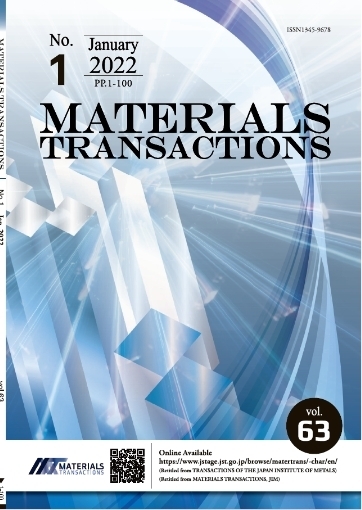Structural, Optical, and Electrical Characteristics of Thermal Treated ZnO Thin Films Deposited by RF Sputtering on Glass Substrates
Najeeb Al-Khalli, Mohamed F. Aly Aboud, Abdulaziz A. Bagabas, Nacer Debbar
pp. 915-920
Abstract
The effects of post-annealing treatment temperature and ambient gas on the properties of ZnO thin films were investigated. The results showed that the properties of the ZnO thin film depended on the crystal quality, the type and density of the intrinsic defects. Treating the ZnO thin films at 300°C, regardless of the ambient gas, affected only on the crystal quality of the thin films. When the samples were treated at 500°C and 600°C, the structural properties were significantly improved, accompanied by changes in the optical and electrical properties. The extent of improvements varied with the treatment ambient. These variations in the optical and electrical properties of the thin films were attributed to the different reaction mechanisms when ZnO was treated under different ambient conditions. The thin films, treated at 600°C under N2O ambient, exhibited the best structural, optical, and electrical properties for metal-semiconductor-metal photodetector (MSM-PD) applications.










